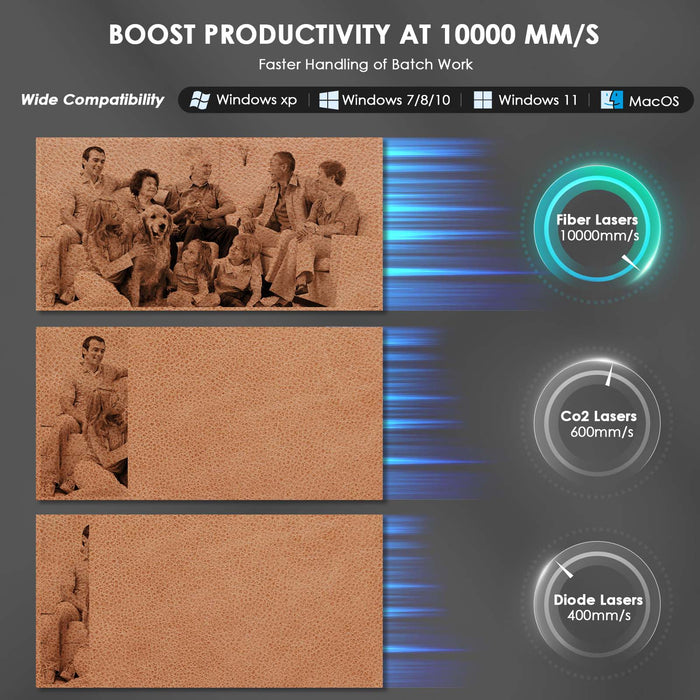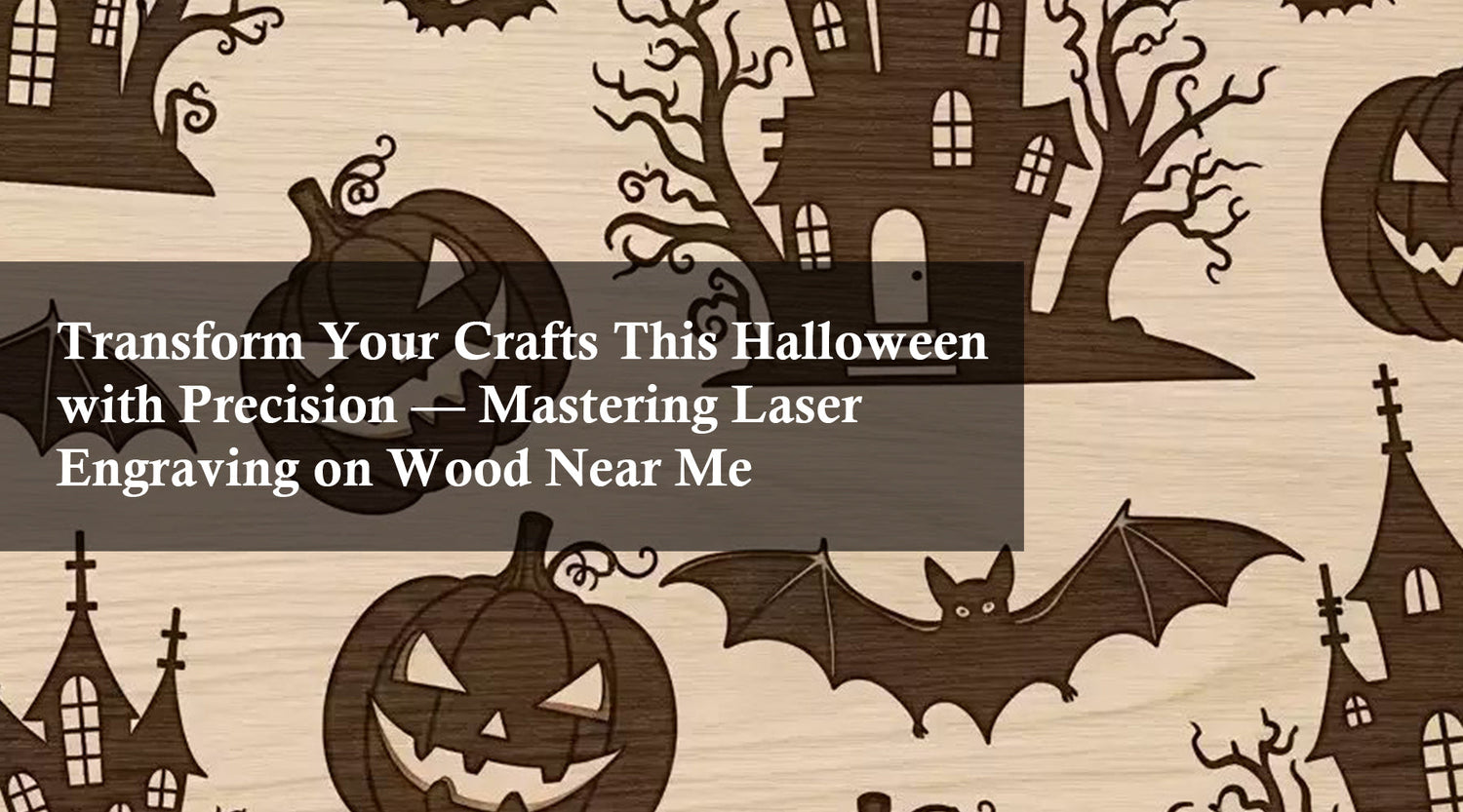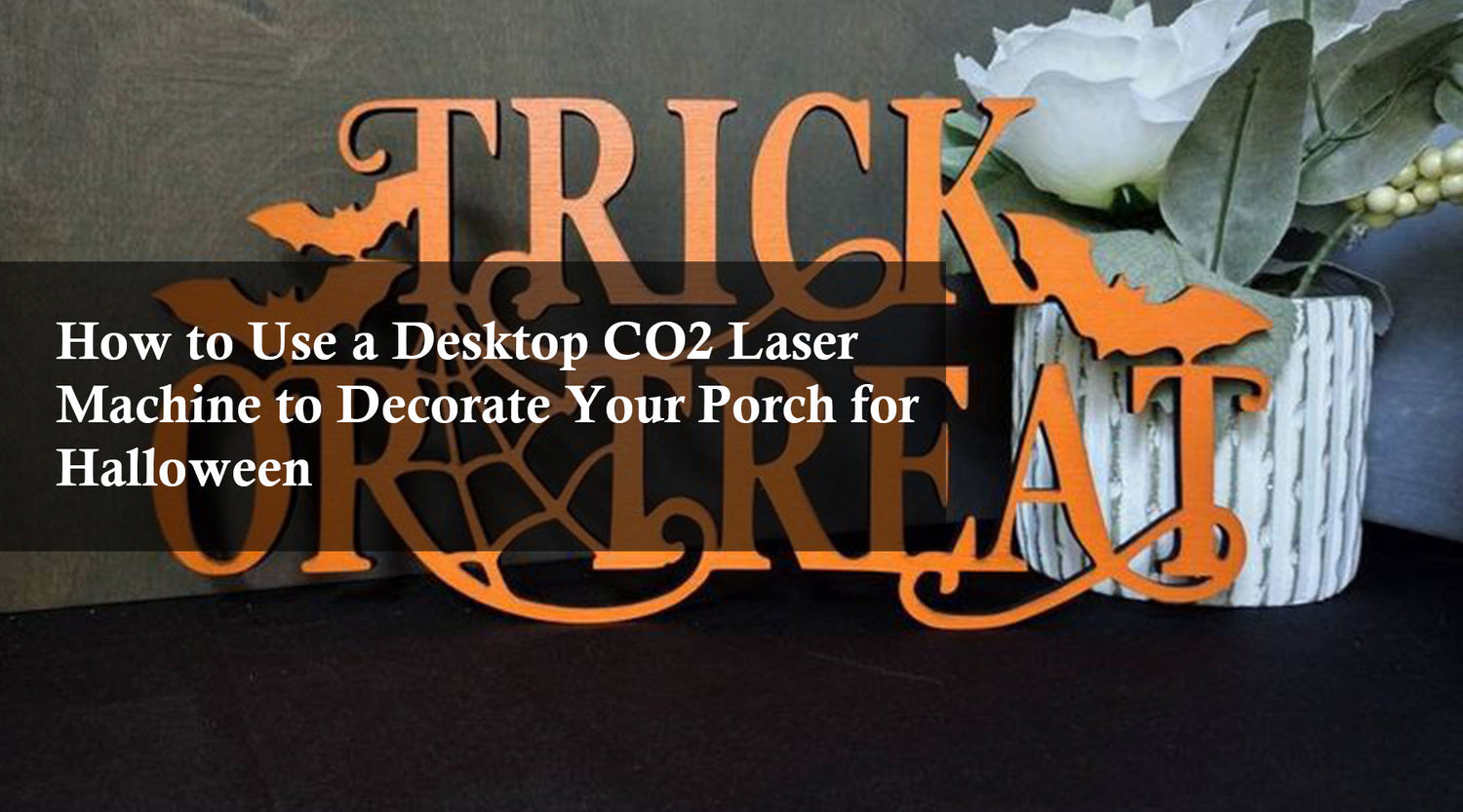Laser etching machine for metal has revolutionized the way we personalize and enhance metal objects. Whether you're a business looking to brand your products, a hobbyist creating personalized gifts, or an industrial designer marking components, understanding how to laser engrave on metal can open up a world of possibilities. This article will guide you through the process on how to engrave metal specifically, creating stunning laser engraved metal tags, highlighting key techniques and considerations to ensure your projects are successful.
The selection of metal engraving tools can significantly impact the quality of the final product.
The Basics of How to Engrave Metal

Laser engraving on metal involves using a high-powered laser to etch designs, text, or patterns onto a metal surface. This laser etching machine for metal process is precise, permanent, and capable of producing intricate details that traditional engraving methods can't match. Having the correct metal engraving tools ensures accuracy and efficiency. Here’s a step-by-step guide to help you get started in how to engrave metal:
-
Choosing the Right Metal Engraving Tools
Not all metals are created equal when it comes to laser engraving. Commonly used metals include stainless steel, aluminum, brass, and copper. Stainless steel is particularly popular due to its durability and corrosion resistance.
-
Selecting the Laser Engraver
The type of laser etching machine for metal you choose is critical. Fiber lasers are generally the best option for engraving metals because of their high power and precision. CO2 lasers can engrave metals as well, but they often require a coating or special settings.
-
Preparing Your Design
Use graphic design software like Adobe Illustrator, CorelDRAW, or AutoCAD to create your design with your laser etching machine for metal. Make sure your design is vector-based for optimal results. Convert any text to outlines and ensure all elements are properly aligned and sized for your metal tags.
-
Setting Up the Machine
Once your design is ready, transfer it to the laser engraver’s software. Adjust the settings based on the type of metal you are using. Important settings on your laser etching machine for metal include:
- Power: Higher power is needed for harder metals.
- Speed: Slower speeds ensure deeper engravings.
- Frequency: Adjusting frequency can affect the smoothness and depth of the engraving.
-
Engraving the Metal Tags
Secure your metal tags in the engraver's bed to prevent movement during engraving. Perform a test run on a scrap piece of the same metal to fine-tune your settings. Once everything is set, start the engraving process. Monitor the progress to ensure everything is running smoothly.
-
Post-Engraving Finishing
After engraving, clean the metal tags to remove any residue or debris. This can be done using a soft cloth or a specialized cleaning solution. For a polished look, you might also consider buffing the surface.
Monport GI 60W Integrated MOPA Fiber Laser Engraver & Marking Machine with Electric Lifting
Creating Stunning Laser Engraved Metal Tags

Creating visually appealing metal tags goes beyond the basic engraving process. Here are some tips to enhance the aesthetics and functionality of your tags:
-
Design Considerations
- Contrast: Ensure there is a strong contrast between the engraved areas and the rest of the metal. This can be achieved by anodizing or coating the metal before engraving.
- Font Choice: Use clear, legible fonts for text. Avoid overly intricate fonts that might not engrave well.
- Graphics and Logos: Simple, bold graphics work best. Avoid designs with too many fine details that may not translate well onto metal.
-
Finishing Touches
- Color Filling: For added contrast and visibility, consider filling the engraved areas with enamel paint or ink.
- Edge Finishing: Smooth and polish the edges of the tags to remove any sharpness and enhance their appearance.
-
Functionality Enhancements
- Attachment Options: Consider how the tags will be used. Adding holes for screws or rivets, or attaching chains or keyrings can make them more versatile.
- Durability: For tags that will be used in harsh environments, consider adding a protective coating to extend their lifespan.
Key Takeaways
- Choose the Right Metal and Laser: Stainless steel and fiber lasers are often the best combination for high-quality engravings.
- Prepare Your Design Carefully: Ensure your design is vector-based and appropriately adjusted for the metal you are using.
- Fine-Tune Machine Settings: Power, speed, and frequency settings are crucial for achieving the desired engraving depth and clarity.
- Focus on Aesthetics and Functionality: Use contrast, clear fonts, and consider additional finishing touches to create stunning and practical metal tags.
Q&A about Laser Engraving on Metal

Q1: What are the most common metals used for laser engraving?
A1: Stainless steel, aluminum, brass, and copper are the most commonly used metals. Stainless steel is particularly favored for its durability and resistance to corrosion.
Q2: Which type of laser engraver is best for metal engraving?
A2: Fiber lasers are generally the best option for metal engraving due to their high power and precision. CO2 lasers can also be used but may require additional coatings or settings.
Q3: How can I ensure the best contrast in my laser engraved metal tags?
A3: To ensure the best contrast, you can anodize or coat the metal before engraving. Additionally, consider color filling the engraved areas with enamel paint or ink.
Q4: What software is best for preparing designs for metal engraving?
A4: Adobe Illustrator, CorelDRAW, and AutoCAD are popular choices for preparing designs. These programs support vector-based designs, which are ideal for laser engraving.
Conclusion
Laser engraving metal tags involves a blend of artistry and precision engineering. The mastery of metal engraving tools is at the heart of this process. By understanding how to laser engrave on metal and utilizing best practices, you can create stunning, durable, and functional metal tags. The right metal engraving tools, when used correctly, can produce remarkable results. Whether for personal projects or professional use, mastering this skill on how to engrave metal can open up numerous creative possibilities.










